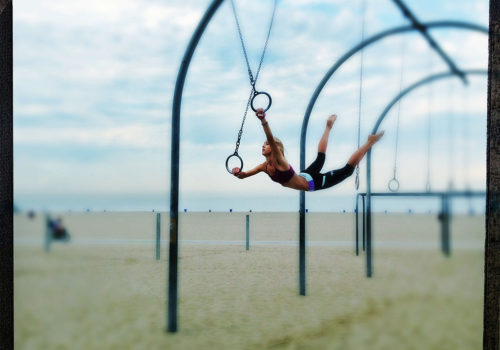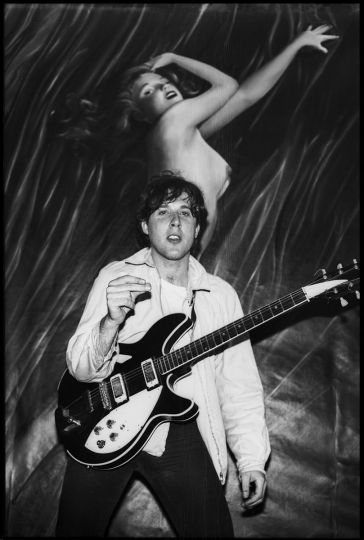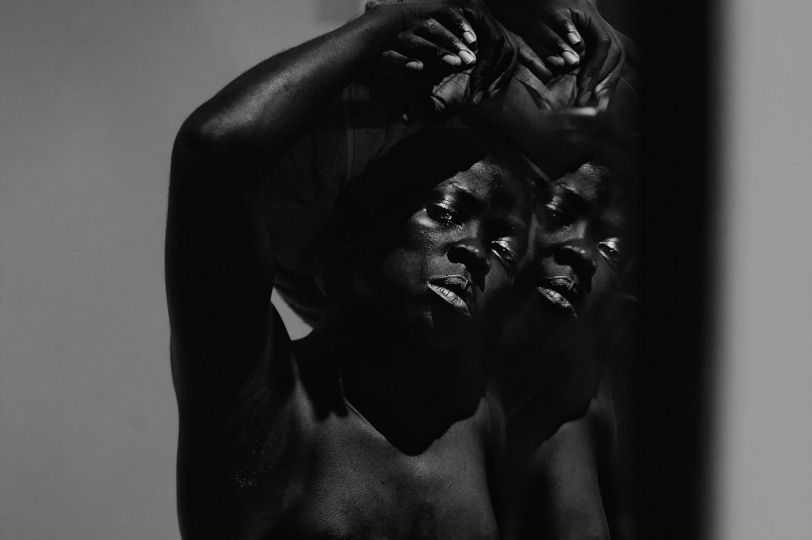For nearly half a century I’ve looked at the world through a lens. My camera has taken me around the world more times than I can remember, into the quiet rooms when decisions that changed our world were made, and onto battlefields during war. I’ve loved every moment with my camera even when I would sometimes hate the horrors it would reveal.
Over the years I’ve seen tremendous changes in photography; the business of it, the way we as a society see and appreciate pictures, and of course, the photo taking instruments themselves. The amazing Canons 5D Mark IIIs that I use to create my professional images are electronic masterpieces and would be unrecognizable to my early shooter self.
After fifty years of rushing to keep up with a changing photography business, with the latest technological advances and just the daily wear and tear of racing to make deadline, I felt the need to reconnect with the simplest fundamentals of photography. So I dared myself to take at least one good photo every day for a year with a single camera. I wanted to challenge my eye and at the same time get to the creative heart of my photography. To do it I needed a stripped-down tool—something slightly akin to my very first camera, a Brownie Hawkeye, or the Rolleiflex I used in high school.
I selected the iPhone and David Hume Kennerly On the iPhone is the result of that challenge. The iPhone’s built-in camera was attractive to me on several levels. I preferred its fixed lens, (approximately 33mm), which has certain limitations, but also great flexibility, and the iPhone camera could use a myriad of apps that give me a range of different looks and creative possibilities. (Remember that apps enhance your vision, they don’t replace it). I also shunned any wide-angle or telephoto add-on lenses made for the iPhone, as I felt they got in the way of photo fluidity. But the very best reason for me to choose this camera was the fact that it was already in my pocket and is, (or a device similar to it), in millions of peoples’ pockets around the world.
As partial motivation for this effort, I was taken aback when I learned that more photographs were taken in 2012 than in all of history — Kim Kardashian’s selfies alone probably make up half of them! Most of those pictures were probably made on phones. But instead of this new technology turning out a bumper crop of great snaps, it has really just helped people pump out sharper and better-exposed mundane photos. The power of pictures is being diluted by a tidal wave of visual mediocrity that is put up on social media for all to see, instead of relegated to a box under the bed where it would have gone in the days of film and prints.
My mission became a philosophical photo journey. This project forced me to think about what I do as a photographer and how I do it, plus shooting everyday helped me keep my senses sharp and my eye in tune. It helped me hone that process into a series of secrets and tips that will help others develop a better eye and take the kind of photos that will make them proud.
This book synthesizes 50 years of experience as a globe-trotting shooter into my most basic shooting essentials. It can’t teach you how to see, but I’m pretty sure it will show you where to look!
Here’s a bit of what I’ve picked up along the way:
- Tell a story with your camera. Small moments produce big memories. A good photo encompasses many things, but it primarily gives you the power to convey an important story to others. (Photo #3, Nick Kennerly with his grandmother Salle. This display of affection from her is mixed with a bit of embarrassment from Nick, a typical reaction from a teenager! Santa Monica, August 15, 2013– Photo #13, Actress Jane Lynch is studied on the monitor during an interview. This is her life. Los Angeles, December 9, 2013)
- Wait for it. Be patient until a good visual moment comes your way. If a certain situation you see would be made better by people passing through the landscape, give it some time, or work another angle until you make it so! Photo #5, A composition in Central Park made better by, Photo #6, a person and his dog, their shadows intersecting with the trees. New York City, January 27, 2013).
- Be curious. One way to overcome familiarity is to look at the world through Martian eyes. Take a fresh view of your surroundings to produce unusual photos where you live or work. This is particularly important to produce good photos of your family. (Photo #15. My son James Kennerly studying in his room. Santa Monica, May 26, 2013).
- Edit. Edit. Edit. Pick your best shot. Too many similar photos of the same situation water down the impact of a powerful shot. (Photo #9, A little girl in Central Park has an “Alice in Wonderland” feel about it. I picked this frame from several pictures of the same situation. New York City, December 5, 2013. Photo #8. The same with this moment from a Stanley Kubrick exhibition. I had a number of photos I liked, but chose this as the most enigmatic and representative of the show, and Mr. Kubrick. Los Angeles, March 17, 2013.).
- Cut back on selfies and salt. Do you really want your face in front of every interesting place that you visit? And is there nothing more interesting about that location than the fact that you were there? (Photo #14. Girls at the top of the peak take a selfie. Hong Kong, March 4, 2013 ).
- If it’s funny shoot it. If I see something that makes me laugh, there’s an excellent chance that image will translate into a humorous photo. (Photo # 7. A dinosaur appears to emerge from the bushes in this tongue-in-cheek picture. Cabazon, California, March 10, 2013).
- If you drive by something and think, “That would be a good picture,” make a U-turn and go back to take it. There’s nothing worse than thinking about the one that got away because you were too lazy to make an effort to shoot it. (Photo #18. Barn with an American flag. I drove by this oddly patriotic scene,, and doubled back for this shot. Madera, California, November 27, 2013).
- Think before you shoot. I’m always asked, “How many pictures do you take to get a good one.” The answer? One. Ask yourself if what you are seeing is really the picture that you want to take. This exercise will teach you discipline, and I guarantee your photos will become immediately better if you take a moment to consider what you are doing, and why. (Photo #2. On the approach to Chicago’s O’Hare field, May 25, 2013).
- Study the work of photographers, painters, and architects that you admire. One of the biggest influences of my young life was seeing the work of Rembrandt at the Rijksmuseum in Amsterdam in 1969 when I was 22. His masterful use of lighting has informed my photographs ever since, and so have numerous others. (Photo #16. George Braque’s 1910 cubist painting influenced my photo of Photo #17 Frank Gehry’s pièce de résistance, Disney Concert Hall in Los Angeles, December 1, 2013.).
- Try the “Kennerly Photo Workout.” A one-hour daily exercise where you try to make five good pictures in a familiar location. This will definitely help you to see things in a more creative light, and you won’t have to spend much time doing it!(Photo #1, The trapeze girl and the apparatus melded into a nice moment taken on one of my 60-minute workouts. Santa Monica, California, July 1, 2013)
- Curiosity! There is no substitute for wondering what is going on right around the next corner, and then turning it to have a look. (Photo #4. A curious little girl at an aquarium emphasizes my curious point of view. Singapore, May 5, 2013).
And what is my very best piece of advice? When a photo is calling you don’t always have to answer. Sometimes it’s better to just sit back and enjoy life without feeling the need to snap!
http://www.amazon.com/David-Hume-Kennerly-iPhone-Prize-winning/dp/1939621135/ref=sr_1_1?ie=UTF8&qid=1413826855&sr=8-1&keywords=david+hume+kennerly+on+the+iphone
David Hume Kennerly
BOOK
On the iPhone
Photographs by David Hume Kennerly
Editions Goff Books
















